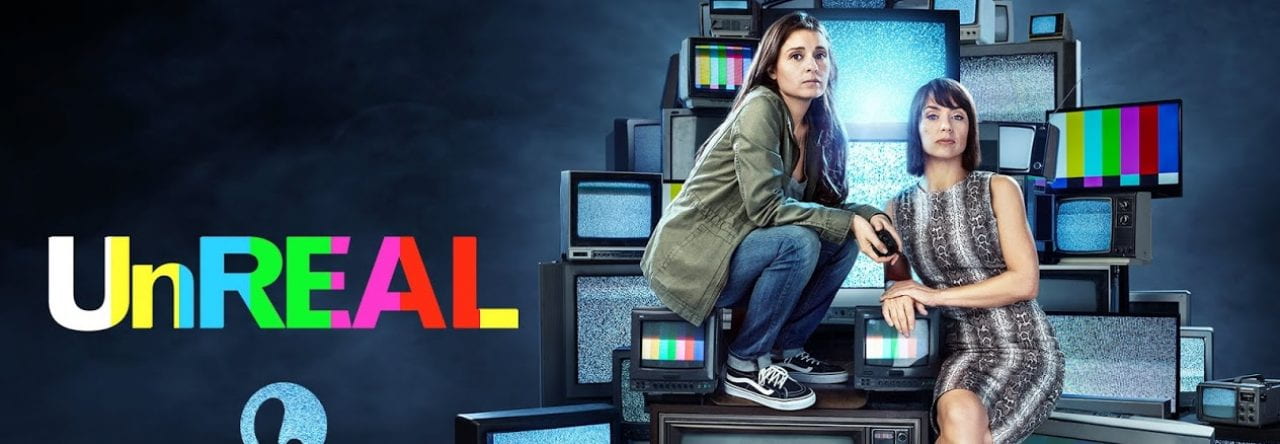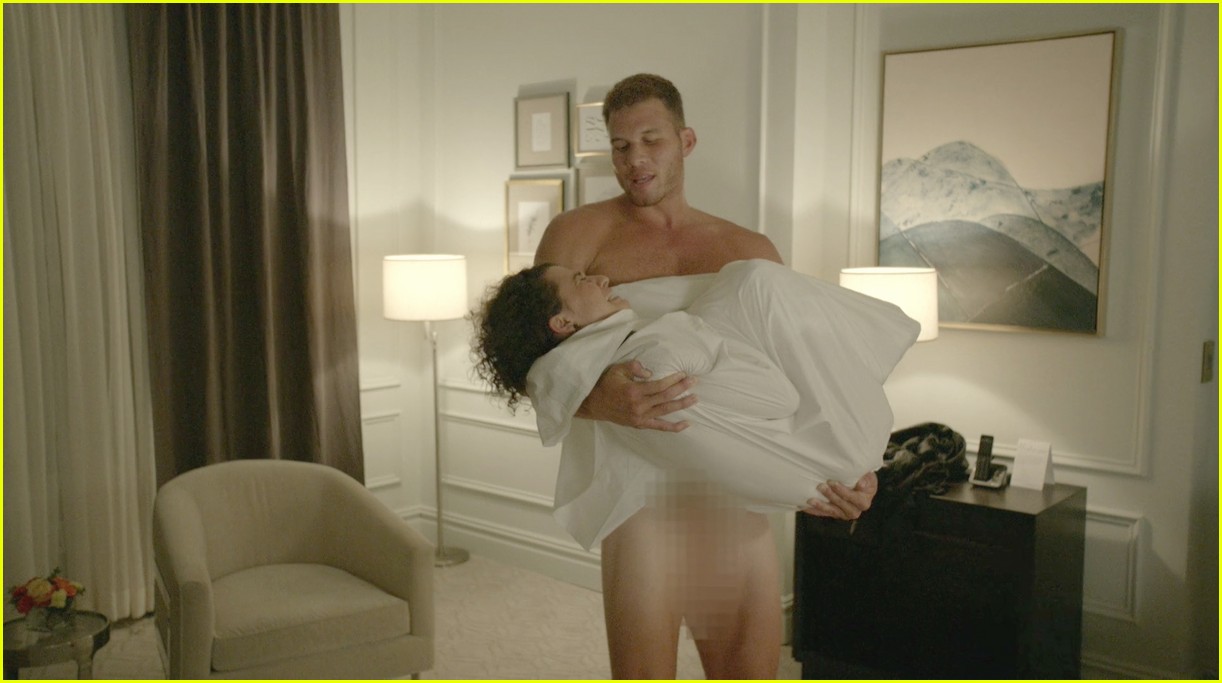There were indentations in my Google doc. I can not figure out how to fix that on here, but I hope it is fine!
Desmond, Roger and Anna Danilewicz. “Women Are On, but Not In, the News: Gender Roles in Local Television News.” Sex Roles, vol. 62, no. 11-12, June 2010, pp. 822-829. EBSCOhost, doi:10.1007/s11199-009-9686-5.
This peer reviewed source argues that women that appear on TV news are used differently than their male counterparts. It found that women were on TV less, and women were less likely to present political stories and more likely to present health and human interest stories than men. Male experts were also used more often than female experts. The source provides evidence across 580 news stories that women have a different role on screen at news agencies than men. It displays that the way women are represented in news is less authoritative than men, extending women’s gender roles to the jobs of on-screen televised news members. It provides recent evidence of a disparity between men and women’s roles on TV in the United States, as well as touching on women’s roles behind the scenes in news, less likely to hold most positions compared to men. The data charts may also be useful in an infographic about women in the news.
Emeksiz, Gulcin I. “THE REPRESENTATION OF WOMEN ON TV NEWS.” International Journal of Arts & Sciences, vol. 6, no. 2, 2013, pp. 715-730. ProQuest, http://prx.library.gatech.edu/login?url=https://search.proquest.com/docview/1496695623?accountid=11107.
This peer reviewed source reinforces some of the same points that the source about local news made while looking through a more historical lense. Women appear less on television news and especially less where men traditionally dominate the field or does not involve certain subject areas: social news, art, crime and violence. It includes statistics on representation in Turkey and internationally as these trends of women’s gendered participation in news pervades borders. This provides important context as women’s limited role in news and society pertains to a larger systemic patriarchal system. In Turkey, it even found that women appeared more on TV at times where a traditional homemaking wife would be cleaning, waiting for her husband to come home, and kids would be at school. This is a glaring point as those at the top of news agencies are aware of this lack of participation and are manipulating women’s air time to suffice the bare minimum to continue at such a low amount.
Freeman, Hadley. “Why Do All the Women on Fox News Look and Dress Alike? Republicans Prefer Blondes.” The Guardian, Guardian News and Media, 20 Feb. 2017, www.theguardian.com/fashion/2017/feb/20/women-fox-news-dress-alike-republicans-blondes-pundits-ann-coulter-kellyanne-conway-rightwingers.
This enjoyable fashion piece by Hadley Freeman disguises itself as looking into why Fox News hosts and those in the right wing media that are women all dress in the same style and have long blonde hair, while harpooning the conservatism it is based in. It suggests that the look is both because that is what appeals to Republicans and that it is a backlash to feminism and liberal women. Also pointed out is the diverse looks among liberal women on TV in both race, hairstyle, and fashion. While being an enjoyable, light read, it also discusses the problems of representation in right-wing media, perhaps at the expense of looking at the flaws in representation in left-wing and neutral media. Nevertheless, it points at a problem, and Hadley gives her reasoning, aiding in research on representation of women in the media as it can even factor in their hair color.
Meyers, Marian. “African American Women and Violence: Gender, Race, and Class in the News.” Critical Studies in Media Communication, vol. 21, no. 2, June 2004, pp. 95-118. EBSCOhost, prx.library.gatech.edu/login?url=http://search.ebscohost.com/login.aspx?direct=true&db=a9h&AN=13308007&site=ehost-live.
This peer reviewed source discusses how violence against non-student African American women was represented differently on the news than violence against students. It uses a black feminist perspective to analyze the intersectionality in the wrongful verbal absolving of criminals who committed crimes against African American women. The news allowed women of color to be looked down upon and blamed for their situation as they would normally be in conversation and other dynamics. With little representation of women of color on the news during this time, the narrative was able to continue. Lack of representation of women of color in news writing rooms and television personalities is harmful to the fair portrayal of news stories and narratives that involve the depiction or experiences of women of color. This aids the argument that women and women of color not being equally represented in newsrooms has harmful consequences not only socially but also in the quality and nature of the news produced by the newsroom.
Moniz, Tracy. “A Woman’s Place is in the News.” Journalism History, vol. 42, no. 2, 2016, pp. 81-90. ProQuest, http://prx.library.gatech.edu/login?url=https://search.proquest.com/docview/1812628062?accountid=11107.
Aptly named, the non-peer reviewed source argues that women should be covered in regular news stories and not just the women targeted articles or magazines. In a historical view of Canada during WWII, women were not being mentioned as much as they should have been when they constituted such a strong percentage of the labor force. This article serves as evidence that it is not just TV news that does not include and talk about women enough, but news sources as a whole struggle and have had struggled with this issue through a feminist lense. While it is not TV news, it does beg the question that all news must be fixed, and it displays that the problem of representation and stories from the female perspective historically have not been heard and that that is not a uniquity of the American or any other TV news system. It strengthens the argument that this is one particular field that needs fixing, but it is part of and a result of a larger problem
Price, Cindy J., and Shaun S. Wulff. “Does Sex make a Difference? Job Satisfaction of Television Network News Correspondents.” Women’s Studies in Communication, vol. 28, no. 2, 2005, pp. 207-234. ProQuest, http://prx.library.gatech.edu/login?url=https://search.proquest.com/docview/198297768?accountid=11107.
This non-peer reviewed source argues that women are less satisfied with their jobs than men as television news network correspondents. Even as women tended to be significantly younger and less experienced, when controlled for years worked at the network, the result remained true. The lack of experience also meant that women earned less as a result. As older women seem to get pushed off TV, the result is lower paying jobs with less earning potential than men. The source also contains data sheets which provide valuable data and visuals for an infographic. Understanding that women are less happy about their jobs and work environments at TV networks should be a concern and it should be acknowledged so that as a society we can attack that problem as clearly with people like Matt Lauer and Bill O’Rielly in powerful positions in the past, there is very good reason for the trend of women being less satisfied with their jobs than men when they are subjected to such an environment.



